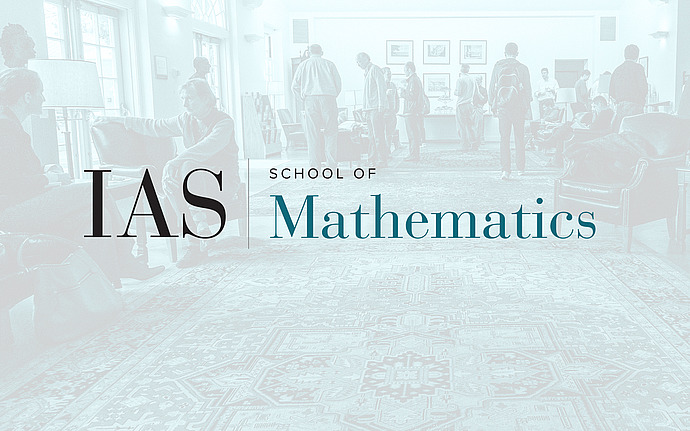
Joint IAS/Princeton University Number Theory Seminar
Hodge Correlators, Hodge Symmetries, and Rankin-Selberg Integrals
Rankin-Selberg integrals, among many other things they do, are the only way to prove that special values $L(f,n)$ of L-functions of weight $k$ modular forms on $GL_2(\mathbb Q)$, $n \geq k$, are periods. They pave the road to Beilinson’s motivic $\zeta$-elements, organized by Kato into an Euler system.
We define Hodge correlators---a collection of complex numbers given by certain integrals associated with a complex variety $X$. When $X$ is a modular curve, the simplest of them literally coincide with Rankin-Selberg integrals, and the entire collection consists of periods of mixed motives which are iterated extensions of the motivic $\zeta$-elements.
The destination of Hodge correlators is to encode an explicit homotopy action of the $\mathbb R$-Hodge Galois group by $A_\infty$-equivalences of the derived category of holonomic D-modules on $X$, providing a glimpse of the coveted Hodge site. When $X$ is a modular curve, this explains the origin of the motivic $\zeta$-elements.
If $F$ is a number field, Rankin-Selberg integrals on $GL_2(F)$ suggest a generalization of Hodge correlators related to the modular manifolds, which are rarely algebraic. I conjecture that, nevertheless, they always deliver periods, while their meaning is completely obscure.